You only need these six simple exercises to improve your muscular endurance
Muscular endurance is often neglected, but it could be the key to improving your sporting performance
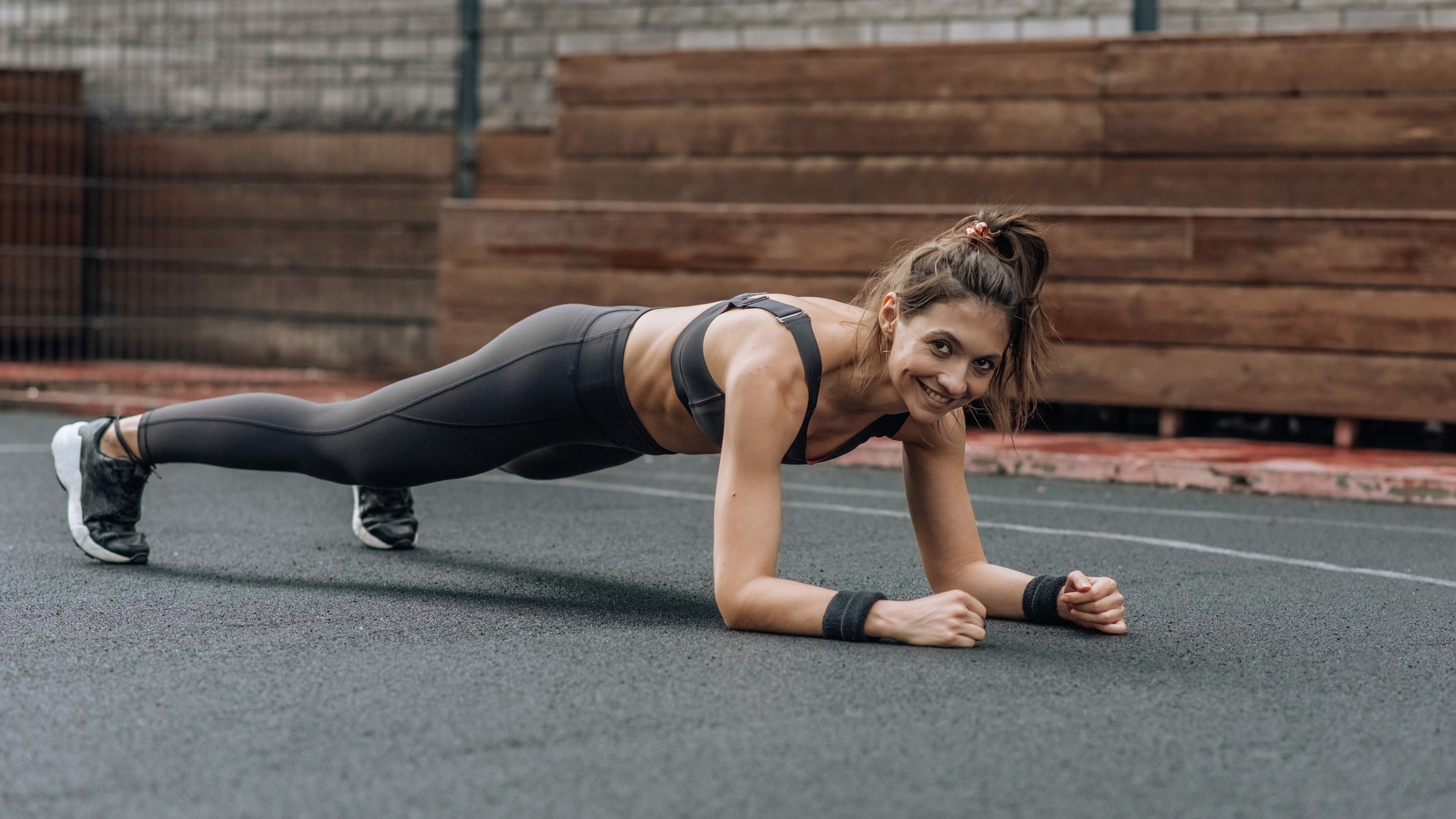
Plenty of us are guilty of going to the gym, picking the heaviest weight we can find and lifting it for a small number of repetitions. While this might help us build bigger muscles, it doesn’t improve one important element of our health: muscular endurance.
"Muscular endurance is defined as our muscle's ability to contract under force for extended periods of time," explains Alasdair Nicholl, personal trainer at The Fitness Group. Translation: muscular endurance is measured by how long you can hold a position or exercise, rather than by how heavy you can lift.
If you want to improve your muscular endurance, you need to lighten the load of the weight you're lifting and focus on increasing your repetitions (reps). Nicholl suggests aiming for between 15 and 30 reps of your usual movements.
Need some guidance on what weight to use? Nicholls says a good rule is to aim for around 60 percent of your one rep maximum, which is the heaviest weight you can physically lift.
Below, Nicholl has provided six exercises you can try to improve your muscular endurance. Complete three rounds of this workout for a comprehensive, endurance-boosting session.
Six exercises for muscular endurance
1. Plank
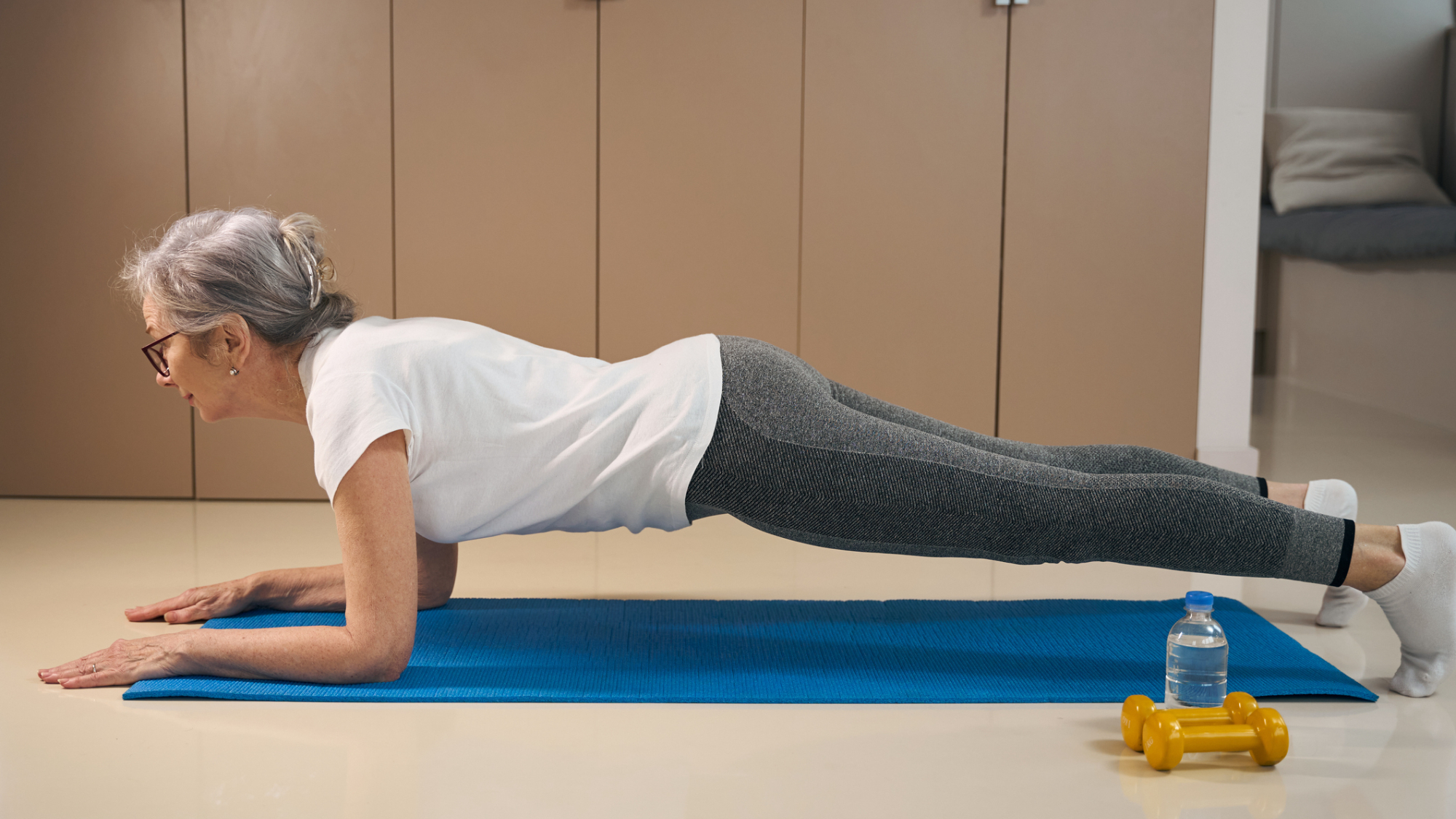
Time: As long as possible
Lie on your front, resting on your elbows with your arms at 90 degrees. Your legs should be slightly apart, knees lifted off the floor. Focus on keeping your body in a straight line from your head to your heels.
Get the Fit&Well Newsletter
Start your week with achievable workout ideas, health tips and wellbeing advice in your inbox.
2. Press ups
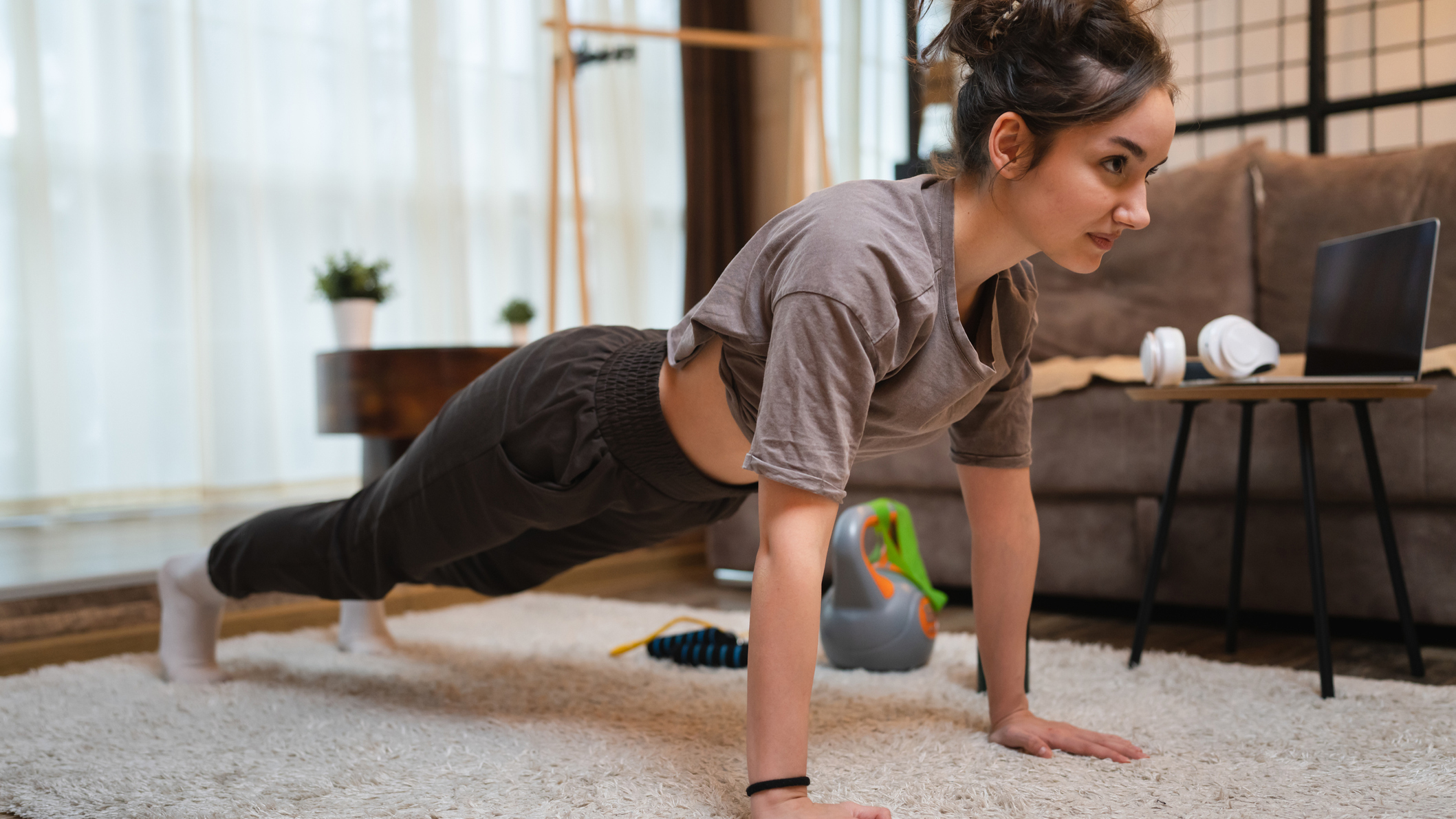
Reps: 15-20
Start in a plank position on the floor with your hands slightly wider than shoulder-width apart, arms straight, and legs straight. The balls of your feet and toes should be firmly on the floor. Engage your core and tense the muscles around your stomach to maintain a straight line from your shoulders, along your back, down to your feet.
Take a deep breath in as you bend your elbows to lower towards the floor. Stop once your elbows reach 90 degrees, and hold this position for a moment. Breathe out as you straighten your arms back to the starting position. That's one repetition.
3. Squats
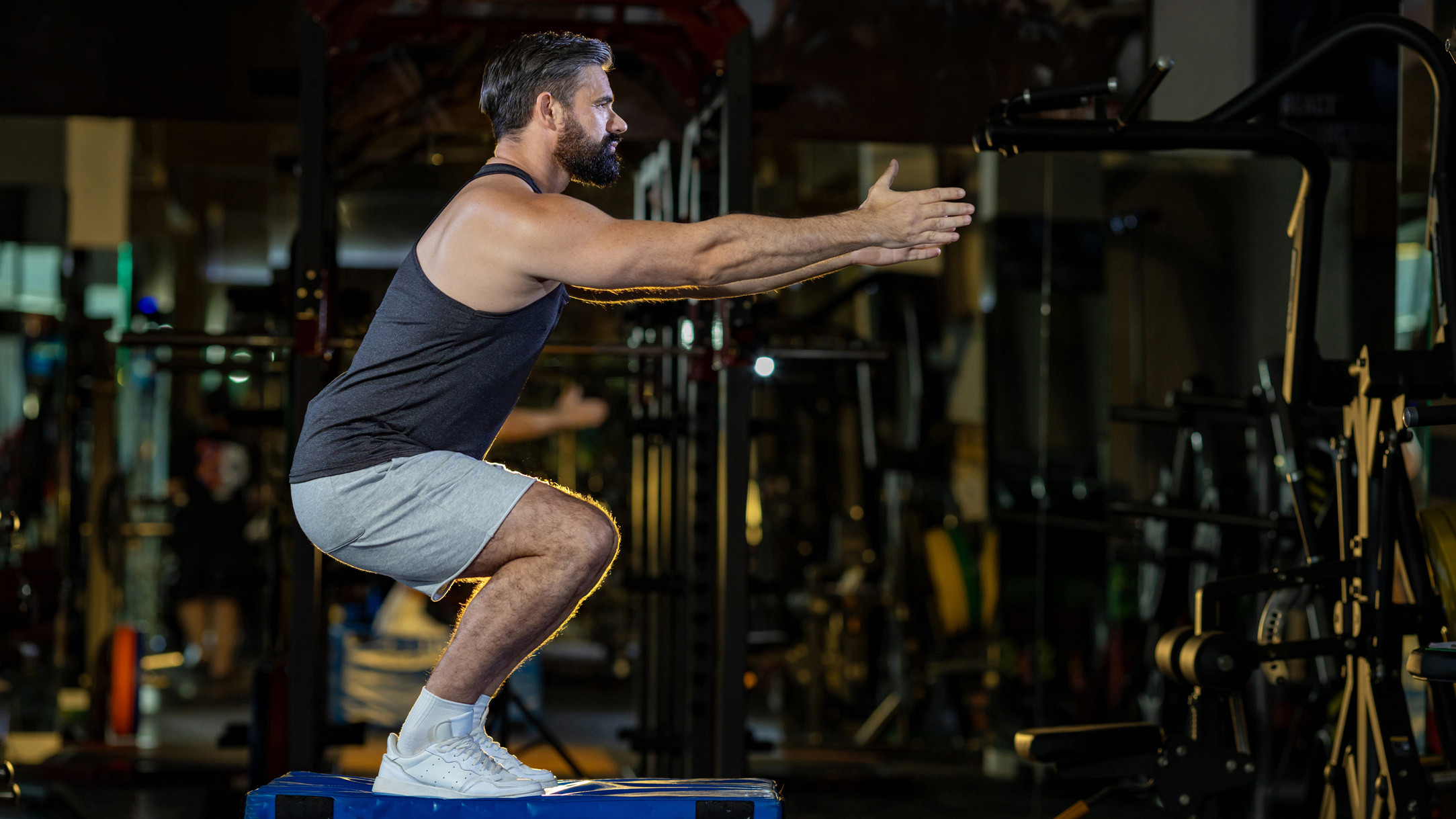
Reps: 15-20
Stand up tall with your feet roughly shoulder-width apart. Your arms should be held out in front at shoulder level. Slowly lower your butt as far as you can by bending your knees and pushing your hips back. Your weight should be on your heels.
Pause for a few seconds, before slowly returning to the starting position. Throughout the exercise, your core should be braced. To make this exercise more difficult, you can hold a dumbbell or kettlebell.
4. Lunges
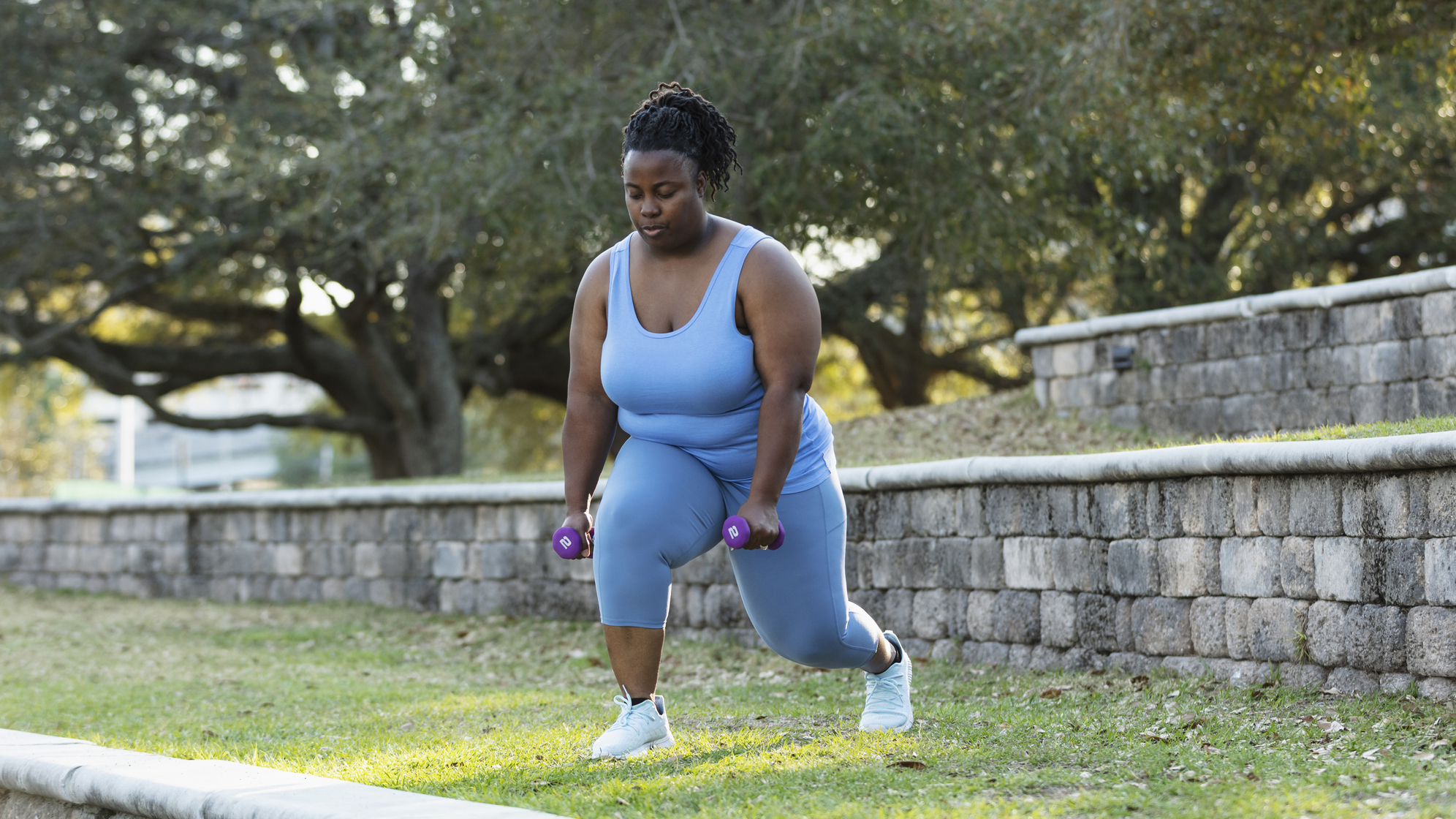
Reps: 15-20
Position your left leg slightly in front of you and your right leg slightly behind. Then place your hands behind your head, keeping your core braced.
Next, step forward with your left leg, slowly lowering your body until your right knee is almost touching the floor. Pause for a few seconds, then quickly push yourself back to the starting position. That’s one repetition. Remember to alter the leading leg during the workouts.
This exercise can also be performed with your hands on your hips, with your arms across your chest, or with some dumbbells in each hand.
5. Prowler push
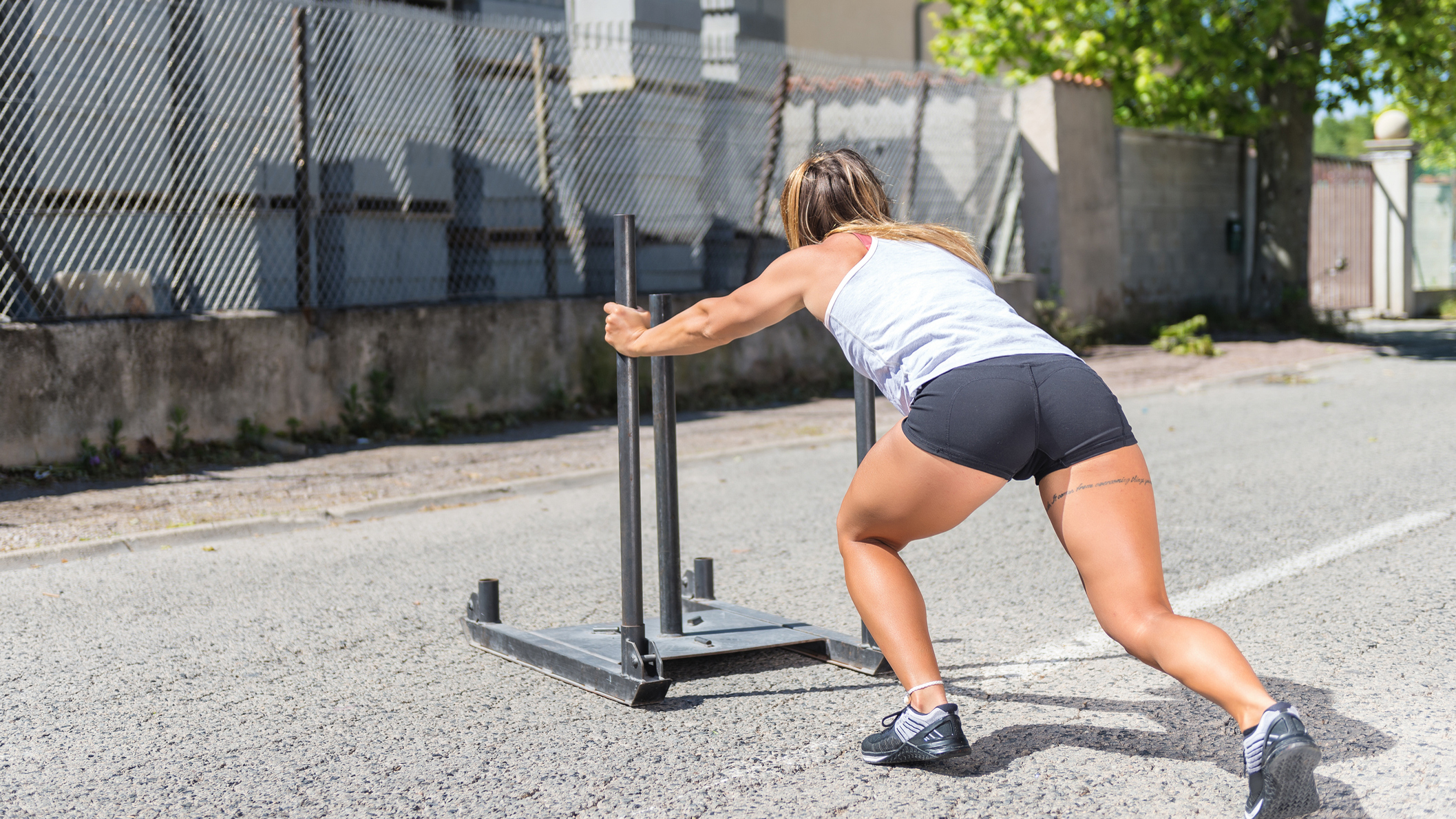
Reps: 5-10 pushes
Load a prowler sled (pictured above) and stand facing it. Grip each bar with one hand, either keeping your arms straight or elbows flexed. Hinge at the waist then push your feet into the ground to start pushing the sled forward. Place one foot in front of the other in a run or sprint.
6. Farmer's walks
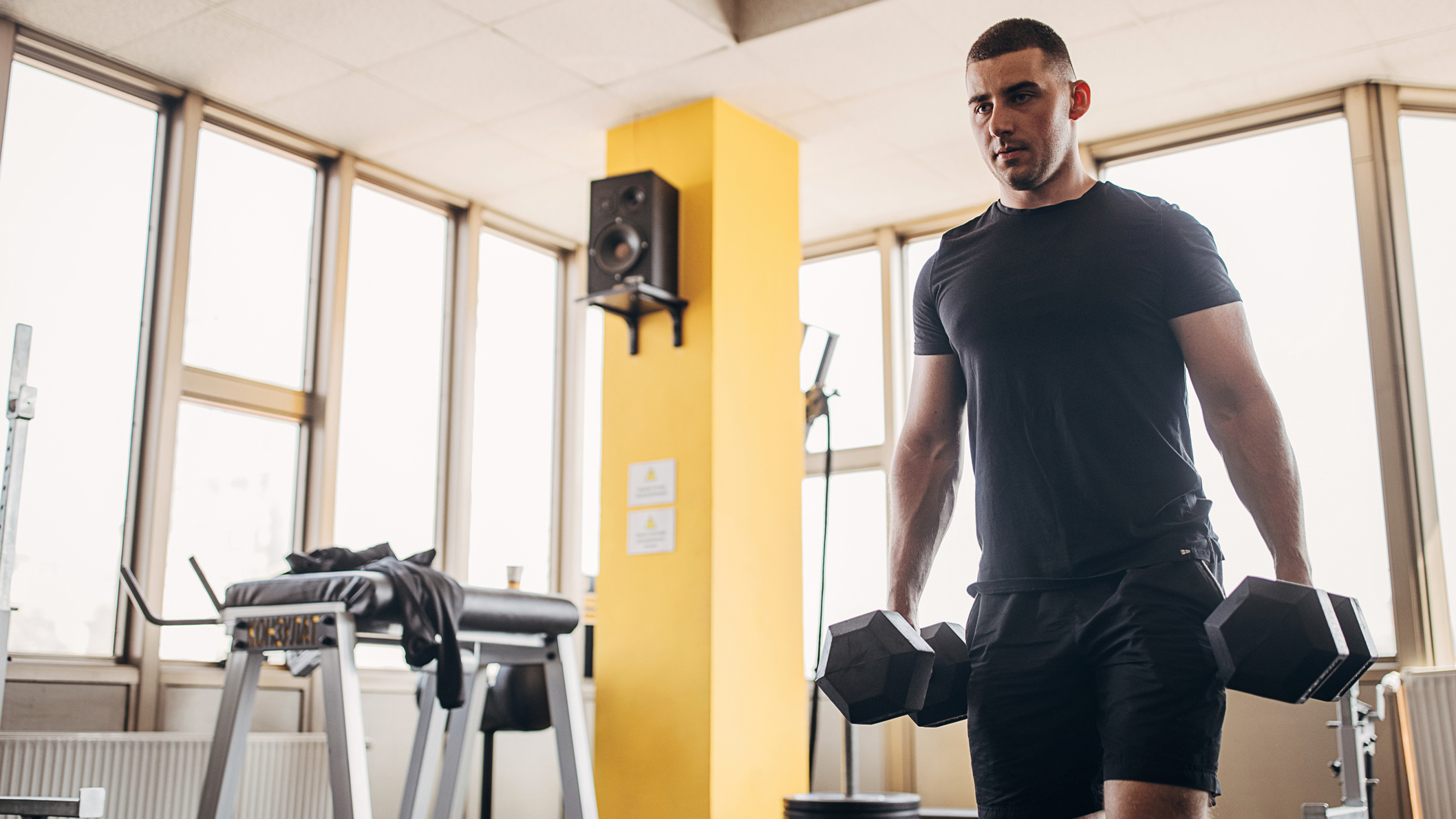
Reps: 5-10 walks
Squat down and pick up a weight in each hand, such as a dumbbell or kettlebell. Engage the core and pull your shoulder blades down, while your chest is facing forwards. Step forward and begin walking. Keep your head up, shoulders back, and core muscles engaged.
Why is muscular endurance important?
According to the American Council on Exercise, improving your muscular endurance could help you maintain a good posture, improve the aerobic capacity of your muscles and enhance your functional strength.
It's also vital for sporting performance. Long-distance runners and anyone who plays lengthy matches of basketball, soccer or other sports need their muscles to keep working for long stretches of time.
As Nicholls explains, endurance training "teaches the muscle to continue to contract under low to moderate loading, while under higher levels of fatigue," so you can keep going for longer.
Alice Porter is a freelance journalist covering lifestyle topics including health, fitness and wellness. She is particularly interested in women's health, strength training and fitness trends and writes for publications including Stylist Magazine, Refinery29, The Independent and Glamour Magazine. Like many other people, Alice's personal interest in combining HIIT training with strength work quickly turned into a CrossFit obsession and she trains at a box in south London. When she's not throwing weights around or attempting handstand push-ups, you can probably find her on long walks in nature, buried in a book or hopping on a flight to just about anywhere it will take her.
-
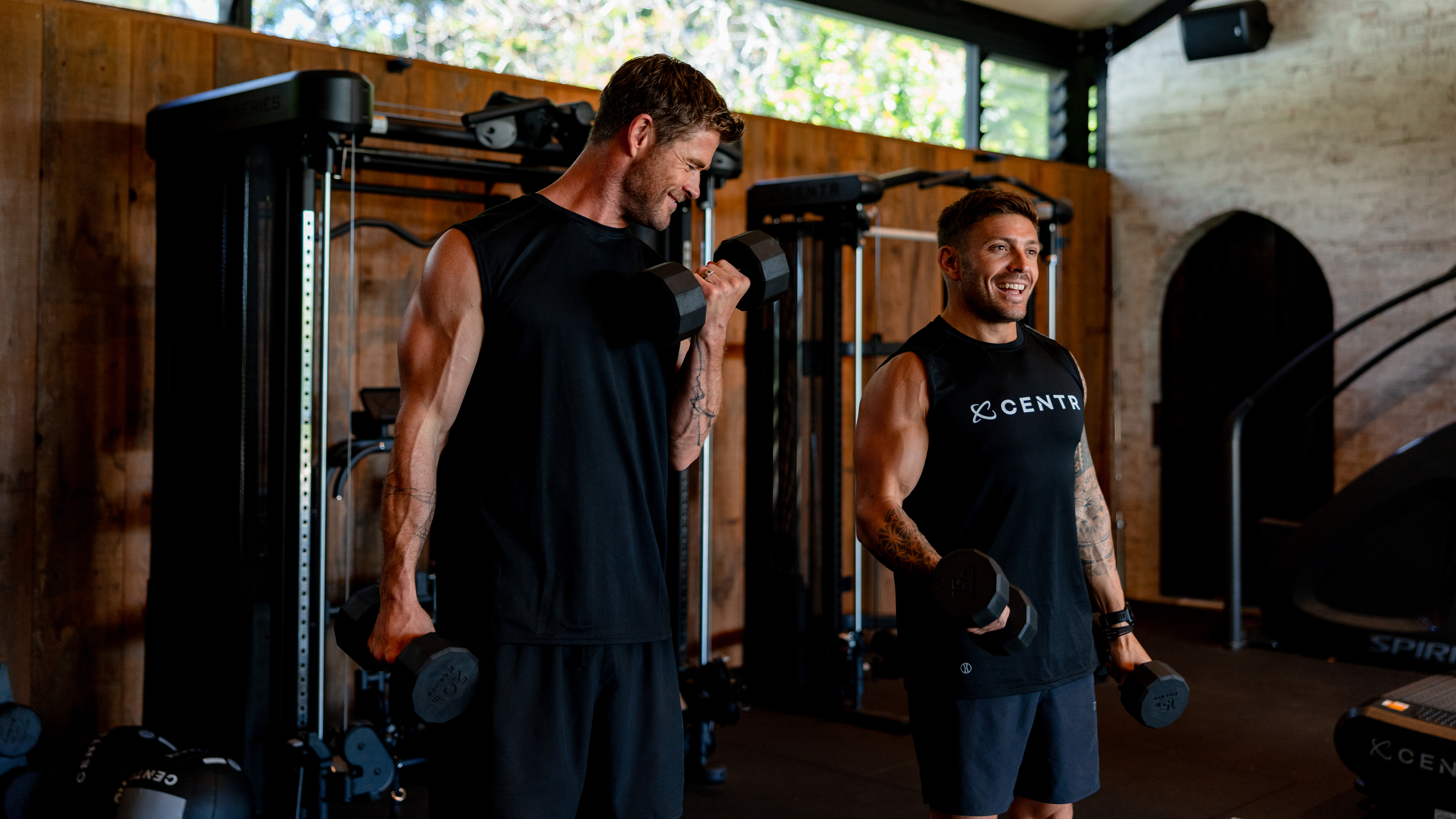 Build blockbuster arms and abs with Chris Hemsworth's go-to dumbbell circuit
Build blockbuster arms and abs with Chris Hemsworth's go-to dumbbell circuitAll you need are adjustable dumbbells and 20 minutes
By Sam Rider Published
-
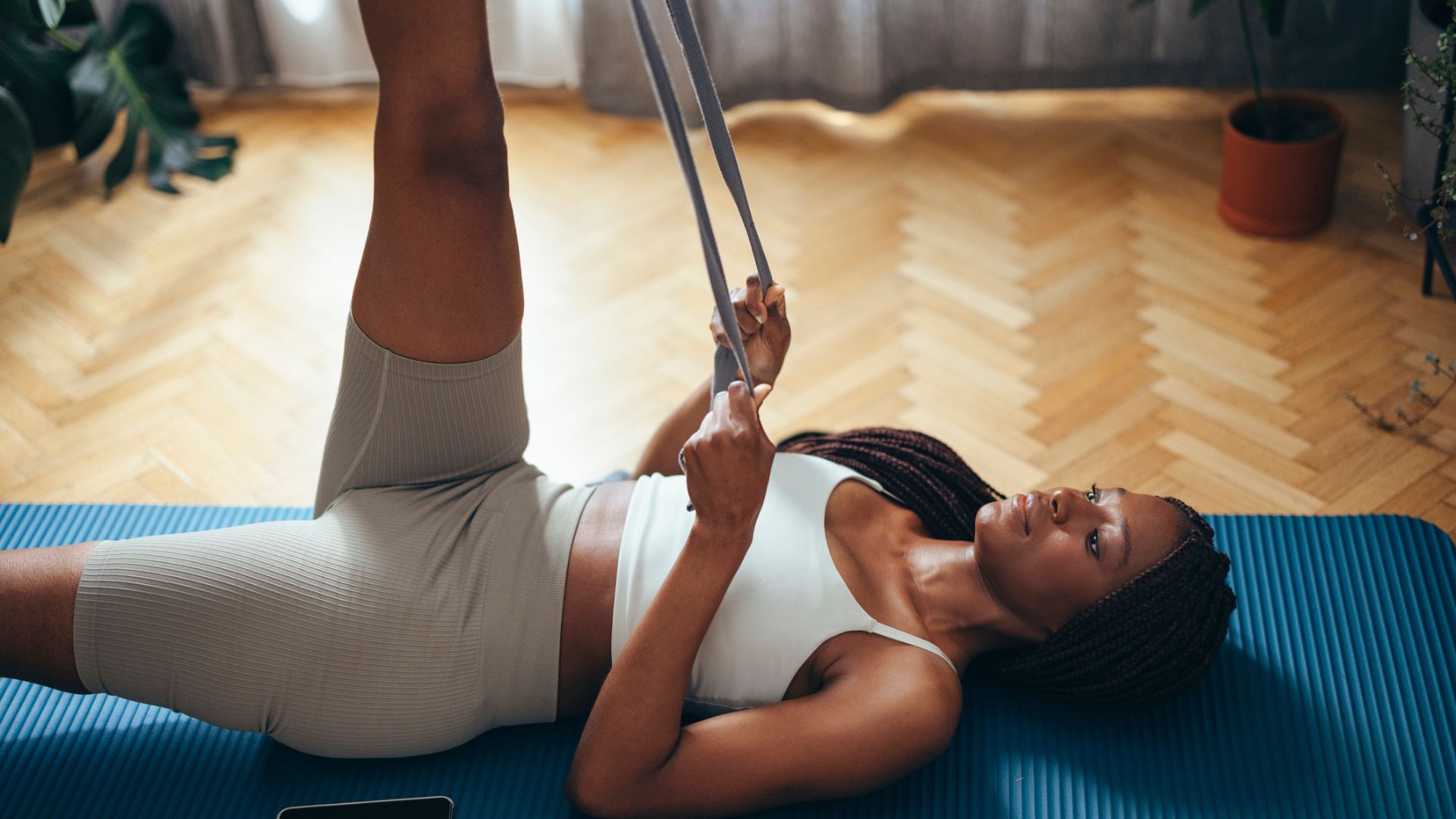 Forget crunches—if I wanted to improve core strength I'd do this neck-friendly Pilates workout
Forget crunches—if I wanted to improve core strength I'd do this neck-friendly Pilates workoutAnd it takes just five minutes
By Maddy Biddulph Published